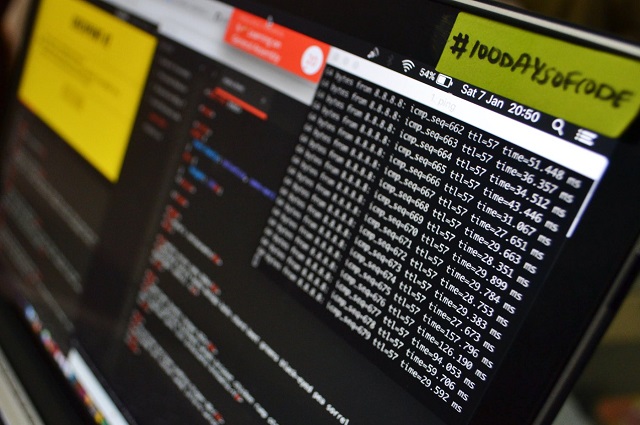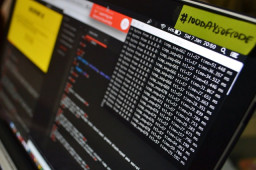
image credit: pexels
In the past, the pursuit of privacy was an absolute, all-or-nothing game. The best way to protect our data was to lock it up with an impregnable algorithm like AES behind rock-solid firewalls guarded with redundant n-factor authentication.
Lately, some are embracing the opposite approach by letting the data go free but only after it’s been altered or “fuzzed” by adding a carefully curated amount of randomness. These algorithms, which are sometimes called “differential privacy,” depend on adding enough confusion to make it impossible or at least unlikely that a snoop will be able to pluck an individual’s personal records from a noisy sea of data.




